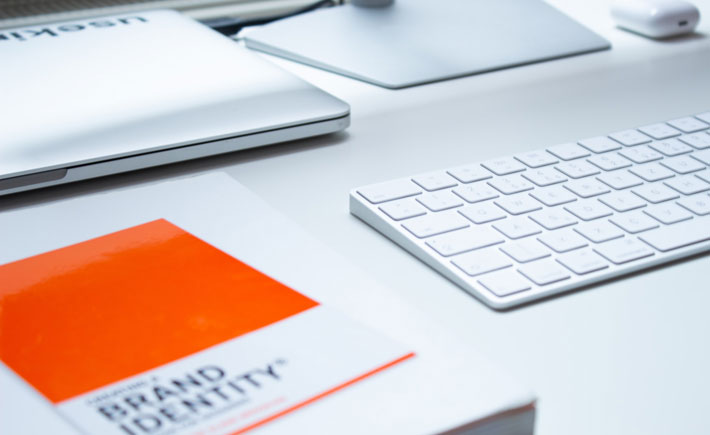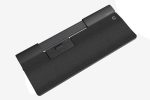Here’s How Web Scraping Can Aid Brand Protection

Warren Buffet’s words that a formidable reputation built over a lifetime can be wiped out in minutes are critical advice for businesses with a significant online presence. Today, a brand’s reputation grown through the maintenance of quality and integrity can burn in one single tweet. You can find more information about brand protection on the web, but we will make sure to go over the most important basics.
Brand protection has become such a pertinent issue that accusations of intellectual property (IP) theft played a massive role in the escalation of the US-China trade war. Things came to a head in May 2019 when the US barred Huawei, the sixth most valuable firm in china, from trading with its US customers.
The high price of counterfeits to businesses
Large retailers like Amazon have also had to find ways to curb counterfeiting on their platforms. Half of the world’s largest retailer’s inventory is from third-party sellers who use the Amazon brand’s distribution network and platform to make a living. Unfortunately, a large number of these sellers often peddle counterfeits, which not only lower the Amazon brand’s price expectations but confuse the platform’s loyal customers as well.
Customers will often turn their anger on Amazon in such instances despite the retailer’s clean record of sales. Why? Counterfeiters use the Amazon masthead to legitimise their illegal actions, fooling their buyers. In 2019, the brand initiated Project Zero, a combination of the retailer’s past IP protection strategy, AI, physical checks, and brand self-reporting tools. Amazon’s goal is to drop the number of fake products on its platform to zero.
Web scraping use in brand protection
Web scraping plays a vital role in brand protection. Web scraping is the process of gathering massive amounts of online data through bots and saving it in easy to use formats such as .CSV. Also known as data scraping, the process has several use cases beyond brand protection. Businesses also use web scrapers to mine business intelligence data to keep them competitive in the business arena.
Companies with vested interests in their data, often build defences to prevent data scraping by their competitors despite scraping of public data being perfectly legal. Some websites also block web scrapers because poorly implemented data scrapes can bog down a web server if too many requests are sent at the same time.
To bypass these defences, web scraping tools utilise proxy servers that hide the identity of the scraping computer. A rotating pool of proxies will prevent scraping detection by issuing different IP addresses to minimise IP bans.
Brand Protection practice
In its very essence, brand protection aims to prevent brand infringement. The practice of brand protection keeps your brand name or intellectual property safe to ensure that you benefit from your creation. There are different types of brand infringement practices including;
1. Counterfeiting
Counterfeiting is the distribution or manufacture of goods under your IP right or brand name without your express permission. Some counterfeiters manufacture or sell knocks-offs that may not interfere much with your brand reputation. Other counterfeits are made by criminal entities and are very difficult to distinguish from the genuine.
Such counterfeiters also have robust distribution networks, which can significantly eat at your bottom-line. These products can also confuse your customers and, worse, cause safety and health risks to the consumer.
2. Copyright infringement
Copyright infringement is the unauthorised usage of copyrighted property, which may include photos, logos, and video, audio, or literary content.
3. Trademark and patent infringement
This is the unauthorised use of trademarks such as patterns, words, logos, or shapes on services and goods. Some businesses also steal patents or infringe on them without your permission.
4. Design infringement
Design infringement is a prevalent practice such that 98.3% of UK IP owners claim varying levels of this vice. It is particularly prevalent in the fashion industry where lookalikes are produced to ride on the success of newly launched items.
Different online brand infringement channels
● Copycat or rogue websites that imitate your brand’s official site to sell counterfeits on them or ruin a brand’s online reputation.
● Using phishing to impersonate a brand and gather personal data, which is later used in online fraud or identity theft
● Fake social media accounts used to mimic your brand to redirect your consumers to platforms that sell counterfeits
● False association or fraud to sell services or goods to unsuspecting consumers
● Failure to comply with industry standards especially in highly regulated business sectors such as pharmaceuticals
How to protect your brand via web scraping
Businesses use web scraping to crawl auction, e-commerce, social media, and other relevant sites to detect and collect data on any forms of brand infringement. Wholesome sufficient data helps businesses to pinpoint malpractices and bring them to the attention of e-commerce platforms or the law.
Proxy servers can help access geo-blocked data to pinpoint malicious traders who would otherwise be very difficult to apprehend.
Conclusion
Businesses cannot afford to leave their brand unprotected in the internet age. Retail and counterfeit monitoring are essential to brand protection, and web scraping via proxy servers can go a long way in helping you to build a robust brand protection strategy.










